Today marks the 80th anniversary of liberation
Over its six years of operation, 132,000 women and children passed through the gates of Ravensbrück, Hitler’s only major all-female camp. By the time the Soviets liberated the camp, eighty years ago today, on April 30, 1945, over 117,000 of them had perished, the highest mortality rate of any concentration camp on German soil.
The block wardresses of Ravensbrück did everything they could to ban female friendships, including imposing stiff punishments on talking during roll calls, their slave labor jobs, even walking to and from assigned jobs. Women had to keep their friendships secret since camp staff often broke up friendships by assigning friends and relatives to separate blocks. Unity was a threat to the Nazi staff, who were constantly on alert for prisoner uprisings. But they couldn’t stop the women from forging strong clandestine friendships and “camp families” in their bunks at night, which often saved their lives.
One of my favorite exhibits at the Ravensbrück Memorial showcases the gifts women made for each other at the camp, including cards, embroidered hankies and rosary beads made from bread that one prisoner made for another. The women often said that secretly making little gifts for each other on birthdays and holidays, which they made using things “organized" from the warehouses where they were forced into slave labor, helped them feel human and get through. Beatings and execution were the result if a prisoner was caught with the makings of a gift. The women in one block wanted to learn English and passed around a dictionary written on toilet paper organized from the storage shed and friends quizzed each other at night from their bunks.
Toward the end of the war, when it became clear the Nazis were losing, camp commander Fritz Suhren received Hitler’s order to execute 2,000 prisoners per month, in order to eliminate any remaining evidence of their atrocities. In her memoir, My Name is Selma, Selma van de Perre, a Jewish resistance fighter from the Netherlands wrote, “Ravensbrück already had a gas chamber and a crematory, but an additional gas chamber from Auschwitz had been brought in and installed in the camp. We could literally smell the daily executions. The horror was indescribable.”
During the final months of the war, camp staff targeted the group of Polish women who endured medical experiments at the camp, known as “The Rabbits,” for execution, to destroy the evidence of their gruesome crimes. The Rabbits had been girl scouts when the Nazis arrested them in Lublin, Poland. At Ravensbrück, they were beloved by their fellow prisoners, and many took the Rabbits into their blocks and hid them. A few of their fellow prisoners even sacrificed themselves to save the young Rabbits.
One of them was a fifty-five-year-old Catholic nun Sister Elise Rivet, (below) also known as Mère Marie Élisabeth de l'Eucharistie. She was stripped of her religious garments and forced into hard labor, after the Gestapo caught her working in the French underground. She volunteered to go to the gas chamber on March 30, 1945, in place of a mother, only weeks before Germany surrendered.
Later that spring, the prisoners grew hopeful when rumors circulated at the camp that Sweden was sending help, and they soon found that the rumors were true when the Swedish Red Cross launched the largest rescue operation of World War II. The mission, brokered between Himmler, who was hoping for leniency, and Swedish aristocrat Count Folke Bernadotte, ultimately saved 15,000 prisoners from Nazi camps, many from Ravensbrück, where thousands of women were evacuated to Sweden onboard the now famous White Buses.
By early May, as Allied victory in Europe neared, a total of 7,000 Ravensbrück women and 17,000 prisoners overall arrived on the Malmö quay for asylum. The Swedish government allowed the survivors to stay in the country for as long as they needed to recover and many chose to stay in Sweden permanently. The women who returned to their countries took home kits of food and lovely memories of people who treated them like human beings for the first time in so long.
Sweden welcomed the Ravensbruck survivors with open arms, helping them to showers, clean clothes and food and housed them in a makeshift rehabilitation center at the Malmohus Museum.
The Ravensbrück Rabbits that survived Nazi torture remained friends for the rest of their lives. A few of the Polish women made it onto the Swedish buses but most of the Rabbits made it home to Poland on foot, including two of these heroic women I met at the 70th anniversary of the liberation of Ravensbrück—could it be ten years ago?
All of the Rabbits are gone now, but meeting them was one of the greatest honors of my life. I had traveled to the Ravensbrück Memorial three years earlier when I first started writing my debut novel Lilac Girls, to see the setting in person, always a first step for me with every book I write. I traveled there a second time, for more book research (never enough of that for me!) and to join the anniversary of the liberation, with my friend Stacey Fitzgerald, a documentary filmmaker who brought a film crew and interviewed the Polish ladies for her upcoming film Saving the Rabbits. One of the Rabbits, Wanda Rosenwietz, told me, through an interpreter, that during their terrible time at Ravensbrück, she and her bunkmates longed for homemade Polish family recipes and their old self care rituals like bubble baths and manicures. Once they arrived home and could afford it, she and her friends got their nails manicured often, choosing the red of the Polish flag as a symbol of their survival.
Another Rabbit we met at the anniversary was Stanislaw Osiczko Sledziejowska, known as Stasia, who told me that, after four experimental surgeries on her legs, she wouldn’t have survived without her friends, who carried her over the sharp gravel in the platz for twice-daily roll calls.
The Polish women that survived the experiments were liberated, eventually made it home to Poland and then came to America for the trip of a lifetime, hosted by American philanthropist Caroline Ferriday. Caroline heard about their terrible treatment at the hands of Ravensbrück doctors and brought the women to the U.S. for medical treatment and the trip of a lifetime. The Polish women’s friendships had been deeply forged and some of them met up in California with a former prisoner, an American woman they’d been friendly with at the camp, Aka Chojnack, bottom center. (Wanda is circled in red.) Since Aka was an American citizen, captured by the Nazis while traveling abroad, she was released early from Ravensbrück and became the first survivor to tell the world about the horrific experiments the Nazis were performing on the Polish women, just teenagers at the time.
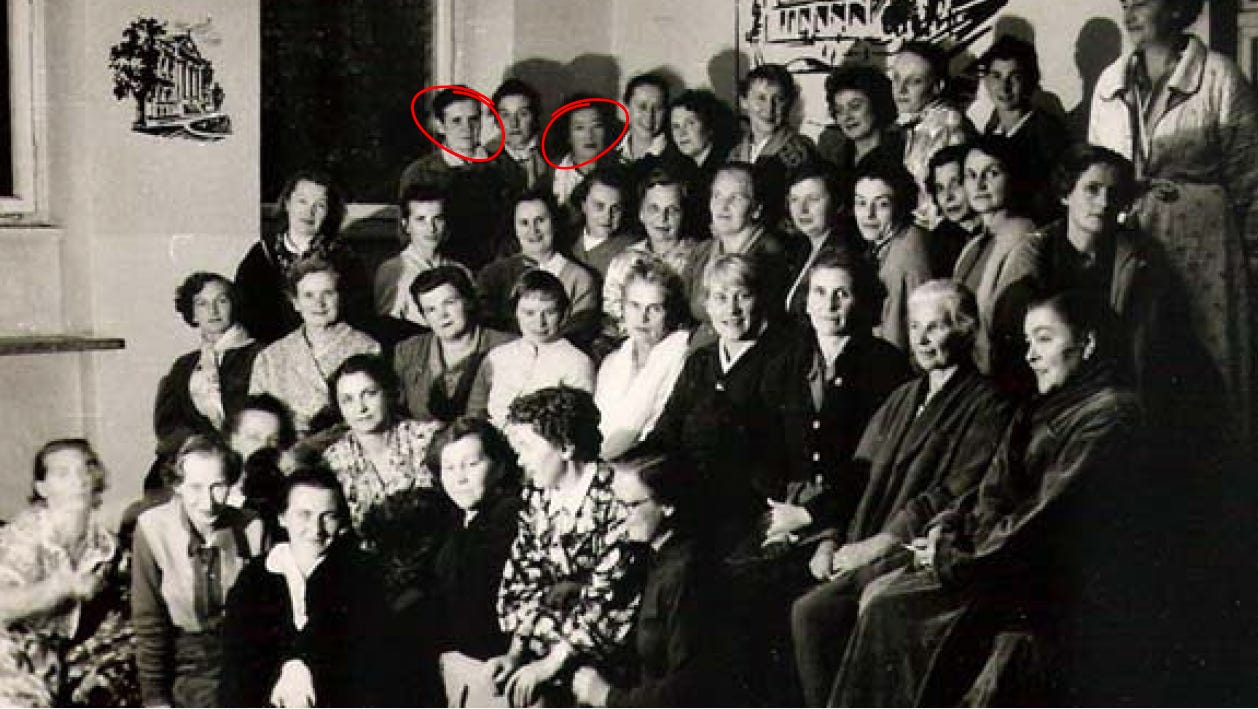
The Polish women became so close after years of bonding together through incredible hardship, something their chief advocate Caroline Ferriday understood and fostered, and they loved her for it. In their letters the Polish women often called her “Godmother” and they accepted her as one of their own. When Caroline died she left her most precious family jewelry to a lucky few of the Polish ladies. Friends until the end.
It's amazing to think that as the survivors of Ravensbrück, in Furstenberg, Germany, were celebrating liberation day, April 30th, 1945, back home on Martha's Vineyard, Americans were about to celebrate the end of the war with Germany just a few days later, May 7th. It wasn't until the following September that the Japanese surrendered and the war was finally over. It's one of my favorite scenes in my new book The Martha’s Vineyard Beach and Book Club, when sisters Cadence and Briar celebrate the end of the war on Martha's Vineyard. It was quite the celebration.
My friend Stacey Fitzgerald’s upcoming documentary Saving the Rabbits is in the final stages and it’s going to be incredible. Find out more here.
Click here to check out my upcoming summer events, where I’ll be sharing fascinating World War II history from Martha’s Vineyard. I love meeting readers in person.
And a special thank you to everyone who has already preordered a copy of The Martha’s Vineyard Beach and Book Club! Please save your receipt, for a special giveaway (to be announced soon). If you haven’t preordered your copy yet, click here for a signed edition from Hickory Stick Bookshop.





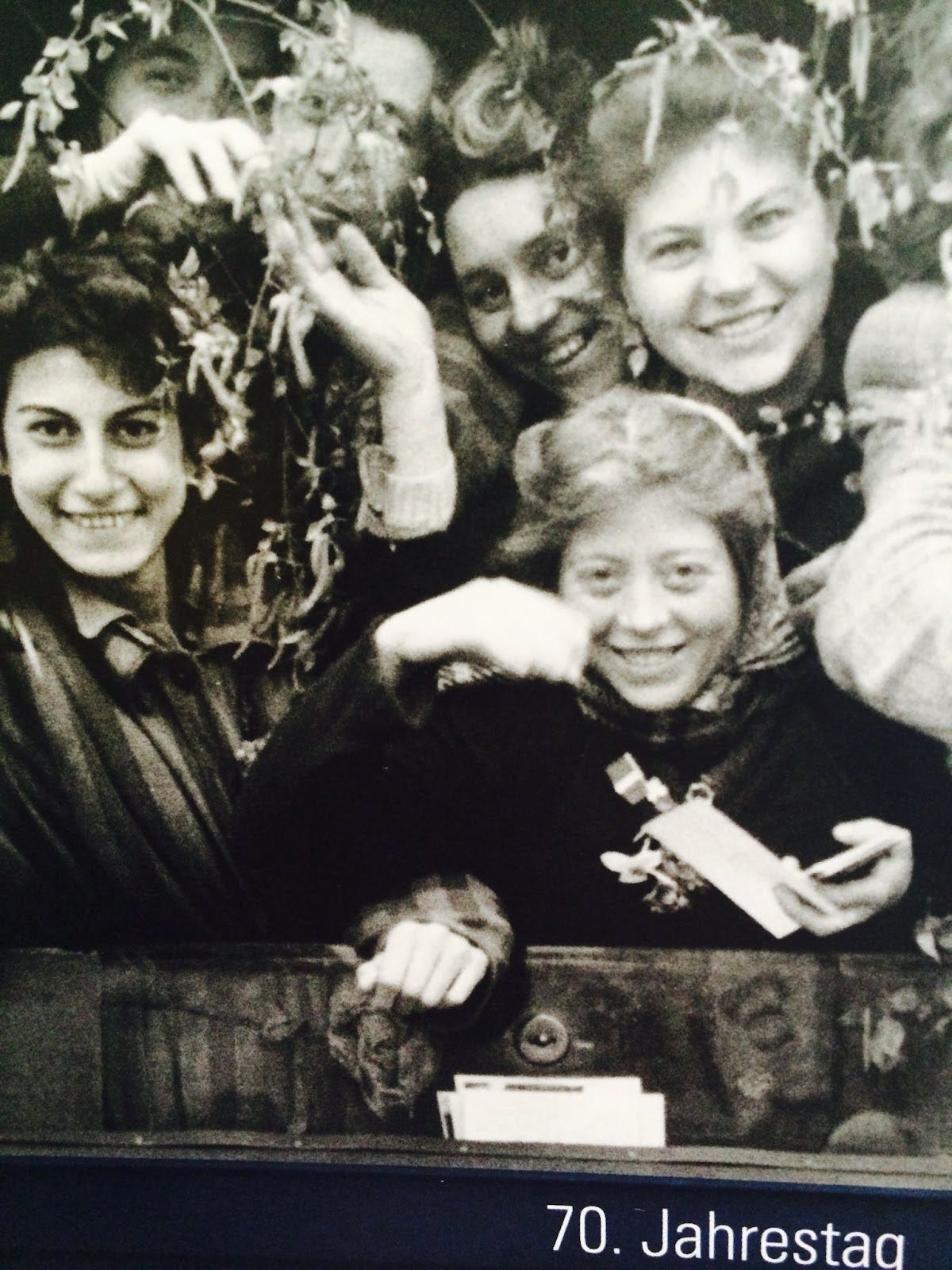
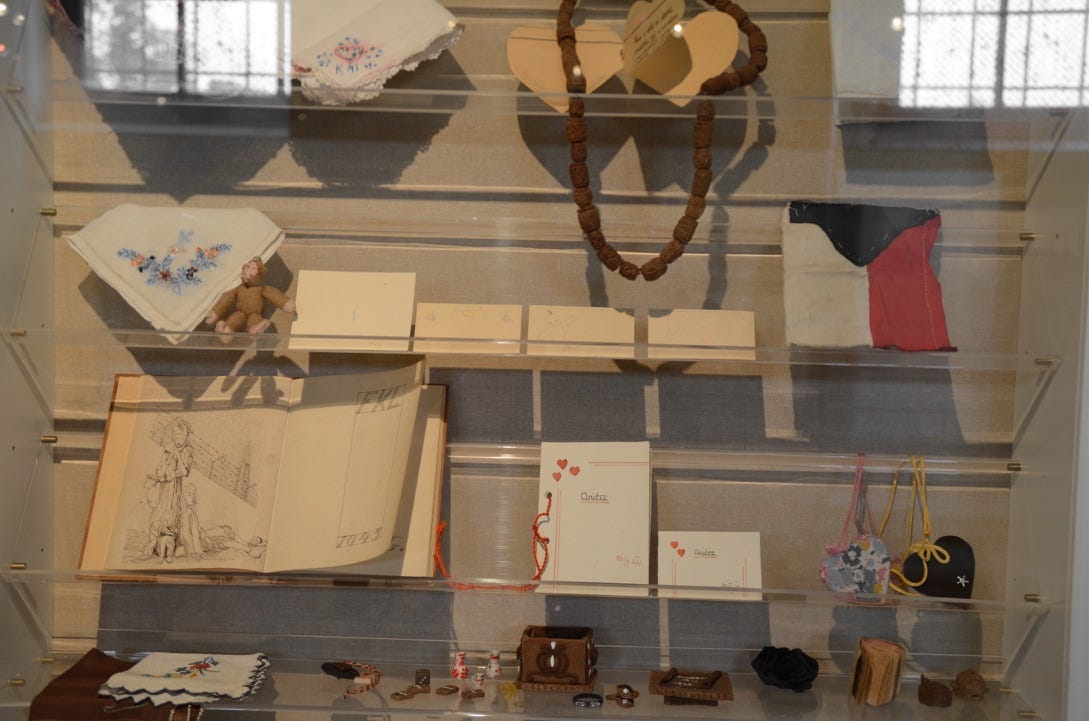
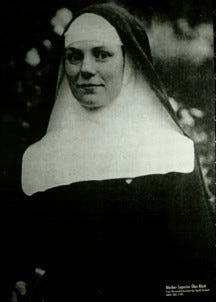

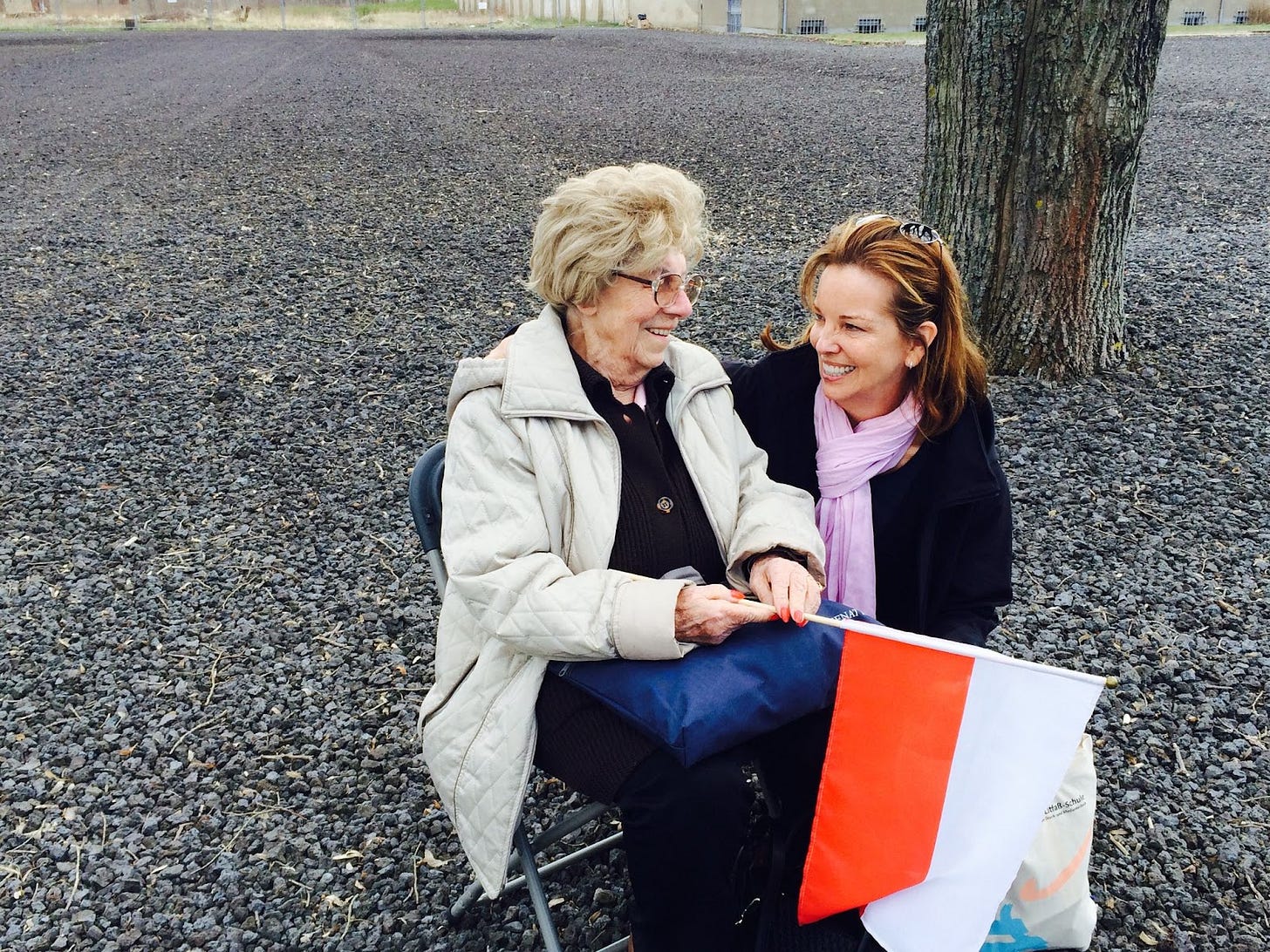
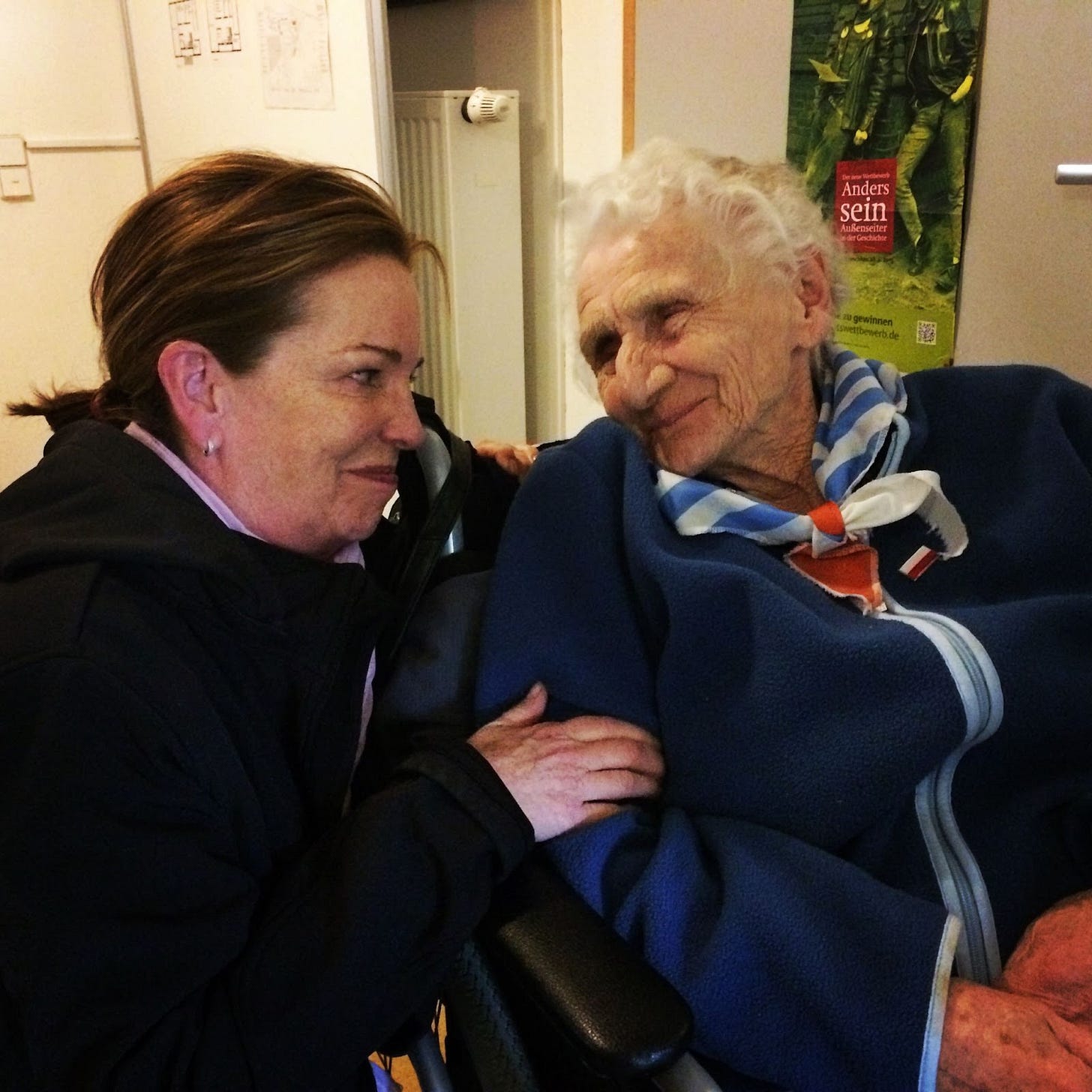

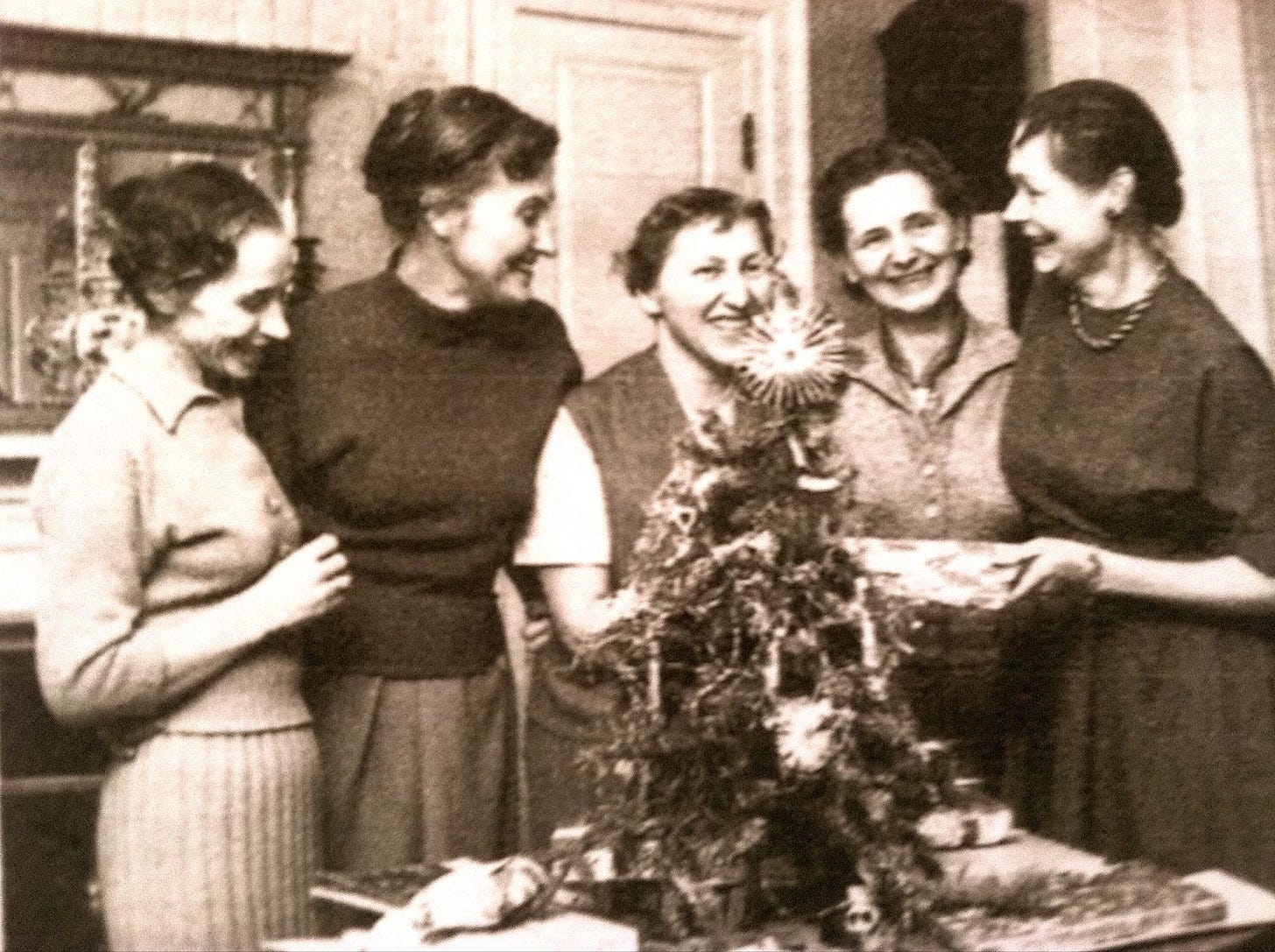
So beautiful Martha, thank you for this lovely piece as such a reminder of what these women experienced and how they held each other close despite the horror unfolding around them. You are a wealth of information about what Ravensbruck represents and how this time in history connects to Martha's Vineyard which is coming in your next novel. These women and their friendships are so inspiring and thank you for bringing this patinful time in history alive in your writing! Can't wait to celebrate your new book!
Our daughter Barbara Bradbury Pape had the distinct privilege of being site admin at The Bellamy Ferriday house…Caroline and her family were amazingly kind and most generous